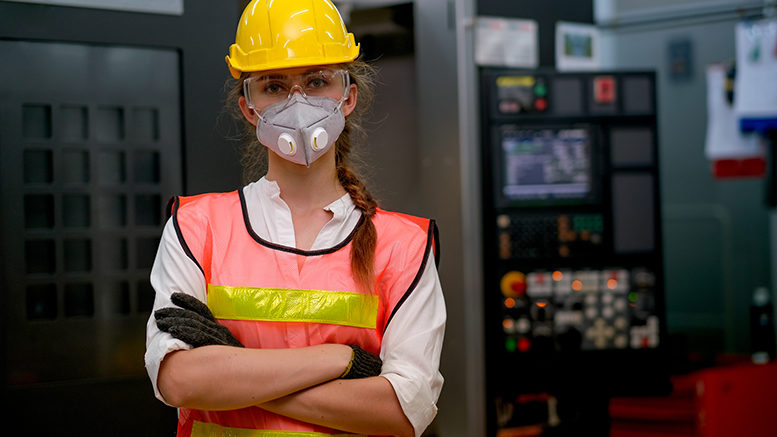New Jersey public two-year colleges and county vocational-technical schools have agreed to work closer together to expand high-quality educational opportunities that will better prepare students for success in high-demand careers.
The New Jersey Council of County Vocational-Technical Schools, which represents 21 vo-tech school districts, and the New Jersey Council of County Colleges (NJCCC), which comprises 18 community colleges, on Tuesday issued a white paper with recommendations for collaboration that will help guide more state residents toward affordable education pathways and, ultimately, good-paying jobs.
“As economic, social and technological change continue to accelerate — and the COVID-19 pandemic upends ‘business as usual’ — the imperative is stronger than ever for them to work together, in expanded and innovative ways, to provide high-quality educational opportunities that respond to the needs of students, employers, communities and New Jersey’s economy,” according to the nine-page white paper.
The network of community colleges and county vocational schools includes more than 100 school and college sites across all 21 counties, serving roughly 35,000 vocational high school students, more than 10,000 full-time and part-time adult vocational students, and about 325,000 college students enrolled in credit, non-credit and workforce development courses.
Four recommendations
The white paper proposes four main recommendations:
- Community colleges — with the support of county vo-tech schools, four-year institutions and key employers — should launch pathway and skills collaboratives in high-growth sectors such as healthcare, advanced manufacturing, transportation and logistics, and technology to map and align education and training programs with the needs of the labor market.
- The two organizations should lead an effort to identify fair and viable dual-credit models that will offer more cost-effective and time-efficient pathways to credentials and degrees, swiftly moving graduates into the workforce.
- Each county and region should seek opportunities to create partnerships for shared facilities and services, such as shared shops and labs, collaborative equipment purchases leveraging federal career and technical education (CTE) funds, shared faculty and staff, and joint use of classrooms and support facilities, such as fitness centers.
- A subcommittee of community college presidents and vo-tech school superintendents should provide leadership to their respective organizations regarding collaboration. The group should focus on promising strategies for making high-quality educational opportunities and career pathways leading to jobs available to all state residents, with particular emphasis on well-paying industries in which minority residents are underrepresented.
A panel of community college and vo-tech leaders met Tuesday to share promising practices and to develop ways to increase collaboration.
Pathways and facilities
The white paper further explained each of the recommendations. For example, in starting pathways and skills collaboratives, the goal is to create more seamless pathways that link credit and non-credit programs, work-based learning and apprenticeships, and prior learning assessments to strengthen and speed students’ progress from high school to postsecondary education to family-sustaining employment.
In regards to sharing facilities and resources, the paper noted that the state’s counties are facing unprecedented fiscal challenges as they continue to respond to the demands of the pandemic.
“Where feasible, county vocational-technical schools and community colleges can share facilities and equipment to meet the needs of secondary education, postsecondary education, and continuing education students at different times of the day,” it said. “With careful, coordinated planning, a single shop or laboratory could be used by high school CTE students in the morning and early afternoon, college students in the afternoon, and adults seeking workforce certifications in the early evening hours, supporting a range of career pathways aligned with industry needs.”
Plans for success goals, equity
Despite the challenges, the state’s schools and colleges still aim to increase the percentage of adults with a postsecondary degree or credential from the current 52 percent to at least 65 percent by 2025, which will require strong partnerships to improve college and career readiness, support student success, and provide clear academic and technical pathways, the organizations said. Dual-credit agreements that would serve high school students in CTE programs are a key strategy to reach that goal, it said.
“Earning postsecondary CTE credit in high school can lead to higher rates of college enrollment, persistence and completion by ensuring career-focused students are not just prepared for college-level work, but given a jump start on college credits that will reduce the cost and time to earn a degree,” the paper said.
The two organizations also noted the importance of addressing equity in CTE during the pandemic. A panel of education leaders plans to examine how partnering schools can close equity gaps and address systemic racism in the state.
The white paper also includes examples of current partnerships, such as the work-and-learn consortium at several community colleges.

